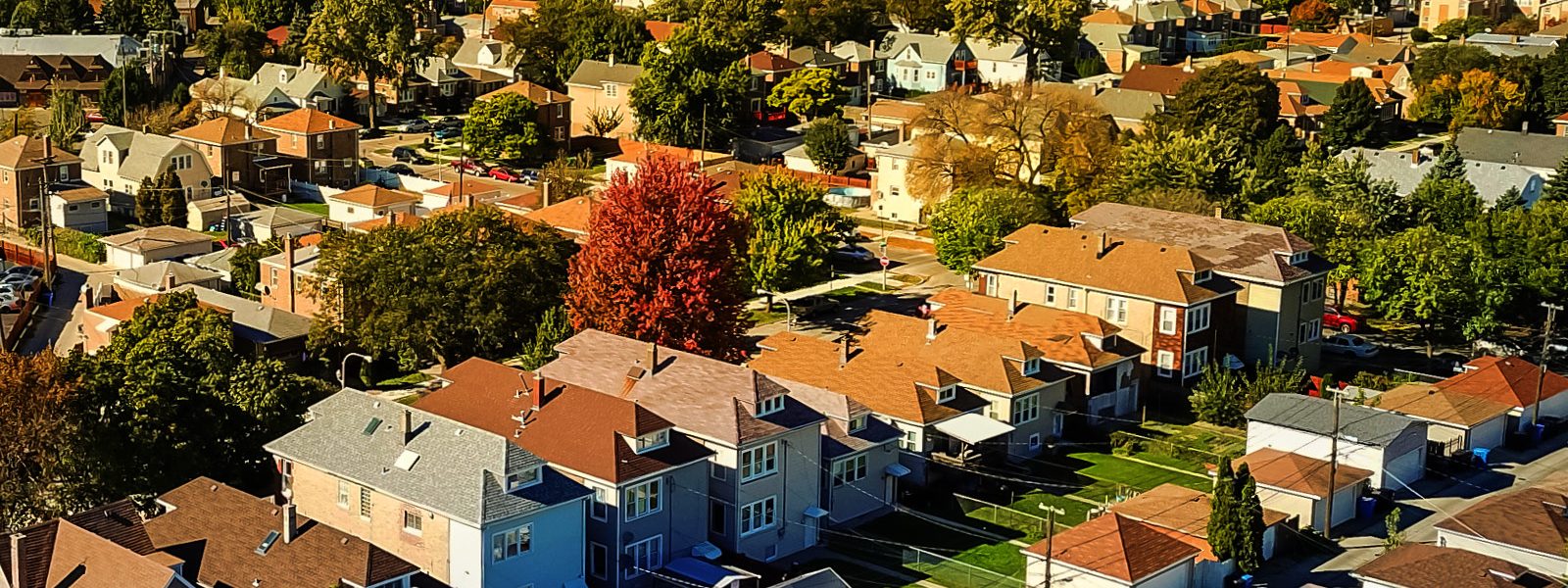Our Research
What is CROCUS studying?
Why focus on Chicago or urban areas?
Could outcomes or results of this work be applicable to other urban areas?
How long will the project last?
We are working to understand how the city influences regional weather, identifying the most significant concerns and using this information to evaluate different mitigation and adaptation technologies and scenarios.
Why focus on Chicago or urban areas?
Chicago’s location and history create the perfect storm of opportunity to understand how atmospheric conditions impacts cities and how cities influence their regions. The city was built on what was once swampland and is positioned between Lake Michigan and agricultural lands. The Chicago metro area is also a global hub for transportation and manufacturing and is home to nearly 9 million people. CROCUS will use cutting-edge data-gathering technology, artificial intelligence, supercomputers, and input from local stakeholders to understand the interplay between the atmosphere and the build environment.
Could outcomes or results of this work be applicable to other urban areas?
Yes. While every city has their own landscape and micro-climate, Argonne and our partners will develop the basic understanding of the main drivers of these differences. While the system-level knowledge we will generate will be unique to this region, the location of CROCUS offers the potential for extension of much of this knowledge to the entire central US and Great Lakes Region and will serve as a blueprint for creating system-level knowledge elsewhere.
How long will the project last?
The project is funded for five years and will run through 2027.
Our Methods
What is a field laboratory?
Will CROCUS build a physical laboratory?
Where will instruments be installed?
Are the instruments visible?
What is a SAGE node?
Will CROCUS be collecting personal information?
Opposite of research done in a laboratory with a white coat, a field lab takes scientists outside or in the field. In the case of CROCUS, our researchers will be out around the Chicagoland area taking measurements and collecting data.
Will CROCUS build a physical laboratory?
No, CROCUS will use the Chicago region as an urban field laboratory. Select neighborhoods and areas of the metropolitan region will host installations of sensors that will help CROCUS scientists gather data to develop atmospheric models. Besides the installation of sensors and their maintenance, all the data collection is done remotely.
Where will instruments be installed?
Instrument location is driven by our science plan. Locations are selected based on the potential for providing scientifically useful sets of data.
Are the instruments visible?
CROCUS uses a variety of instruments, some mounted on rooftops, other on poles or streetlamps, as well as other types of instruments that are mobile, tested at Argonne’s Lemont campus, and deployed in the region at various locations including at our research partner’s institutions.
What is a SAGE node?
CROCUS uses Sage CI, an open community platform of hardware and software that collects data right up against the instrument collection point, which is known as “the edge.” Sage is built on Waggle107, a computational platform, and of two types of physical CI: a Sage blade server for inside enclosures and a Wild Sage Node for outdoor installation. Wild Sage Nodes have been comprehensively tested and validated for their ability to withstand the elements and provide useful data. They can collect data related to weather, such as temperature, relative humidity, and more.
Will CROCUS be collecting personal information?
No, CROCUS does not collect any type of personal information.
Our Partners and Community
What academic institutions are a part of CROCUS?
What organizations or community partners are a part of CROCUS?
How will CROCUS gather community input?
Chicago State University, City Colleges of Chicago, North Carolina A&T State University, Northeastern Illinois University, Northwestern University, University of Chicago, University of Illinois Chicago, University of Illinois at Urbana Champaign, University of Notre Dame, University of Texas – Austin, University of Wisconsin – Madison, and Washington University in St. Louis.
What organizations or community partners are a part of CROCUS?
Blacks in Green, Greater Chatham Initiative, Metropolitan Mayors Caucus, and Puerto Rican Agenda.
How will CROCUS gather community input?
We rely on communities to provide their on-the-ground experience to help design experiments and understand resulting observations and models, ask meaningful questions, and help disseminate results.



